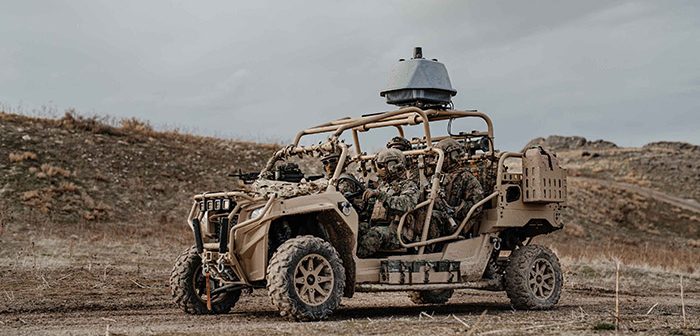
DroneShield Limited has released a substantial upgrade to the artificial intelligence firmware (RFAI) running on flagship radio frequency sensors, including the RfPatrol, RfOne and DroneSentry-X models.
The upgrade is available to customers enrolled in DroneShield’s device subscription (SaaS) model as part of the normal quarterly firmware upgrade cycle.
“This is one of the most significant updates we have released, laying the groundwork for next-gen detection, classification, and defeat capabilities. Incremental improvements help users have confidence in our technology,” said DroneShield CTO Angus Bean.
This update expands the pool of drone types that RFAI can identify and includes a complete rework of the underlying software. The AI algorithms have been rebuilt from the ground up to take advantage of cutting-edge developments in machine learning and future-proof the detection model so that performance can continue to increase.
The major upgrades include:
-
Spatial intelligence: Using Remote ID and Drone ID beacon information, all devices (including previously non-directional detectors) can now determine the distance, direction, and elevation of drones so they can be precisely located and countered.
-
Tailored autonomous disruption: The software-defined disruption in the DroneSentry-X Mk2 Detect & Defeat can now be configured to automatically respond to specifically detected drones without the delays that come with manual control.
-
Advanced GNSS targeting: Disruption profiles can target individual navigation service signals by their frequency (GPS, GLONASS, BeiDou, Galileo, NavIC, and QZSS), allowing focused denial without damaging friendly/blue-force operations.
-
Encrypted API: Operators can now securely control RF devices using TLS encryption under the v2 gRPC protocol. API commands are expanded to allow much greater control of all devices – including disruption – so operators can control them remotely or incorporate them into existing EW systems.
-
Advanced hardware control: DroneSentry-X Mk2 now allows administrators to disable physical modules such as disarming disruption amplifiers to comply with regulations or placing the device into “stealth mode” to suit different deployments.
-
Clear actionable warnings: Device UI is more detailed and informative to operators when there is any sort of issue, including power levels or settings changes. This will help troubleshooting and ensure maximum uptime.






